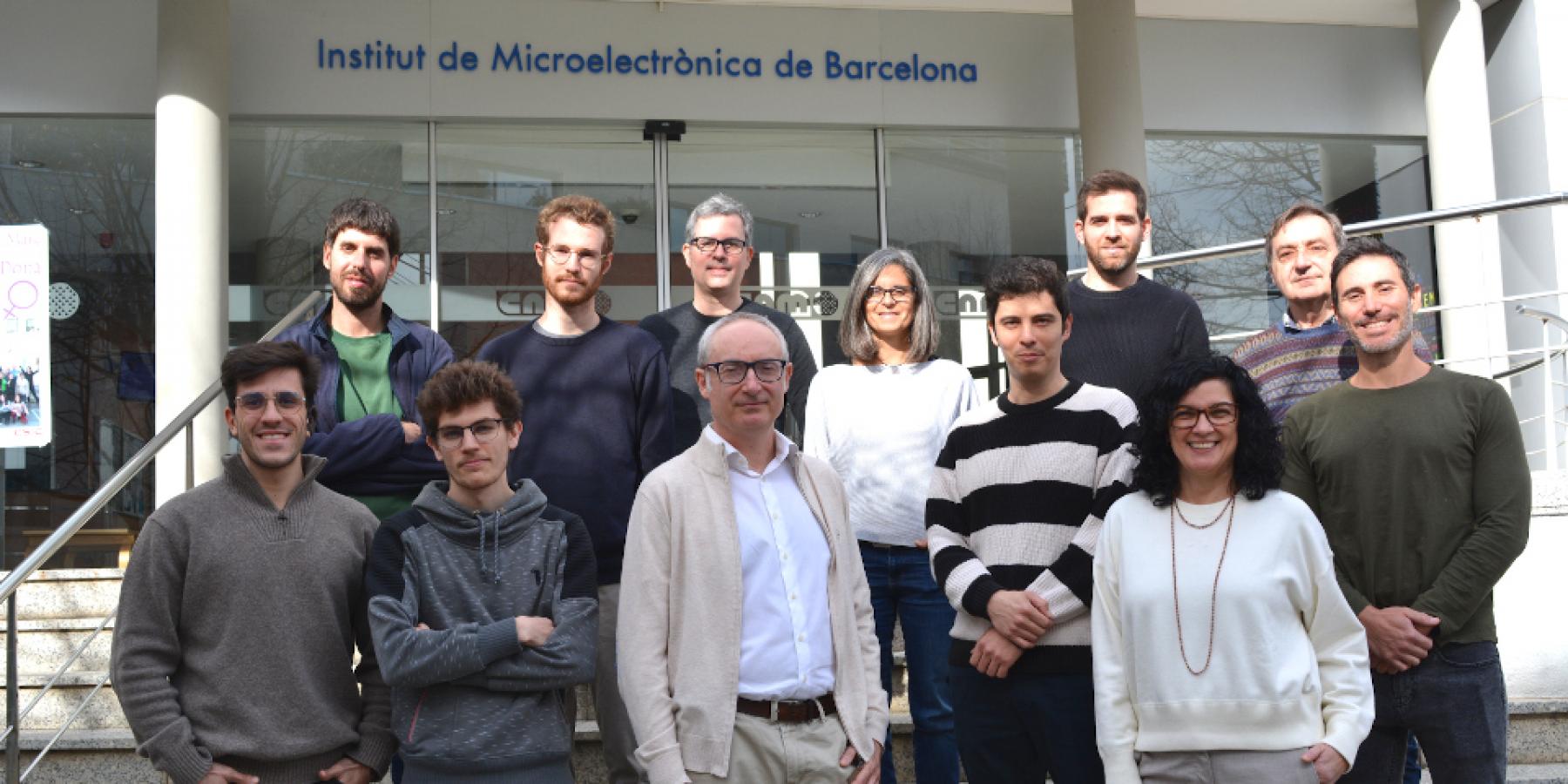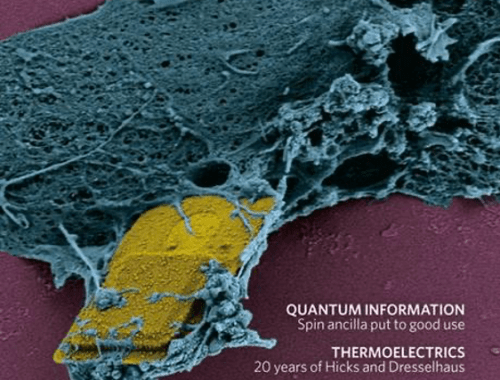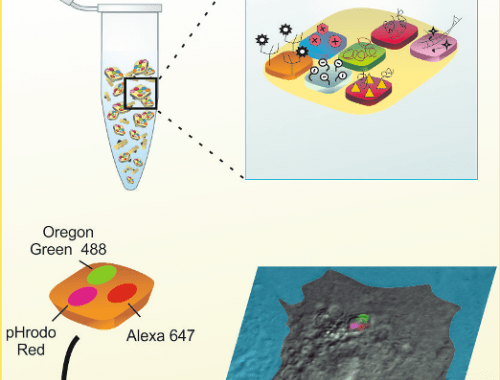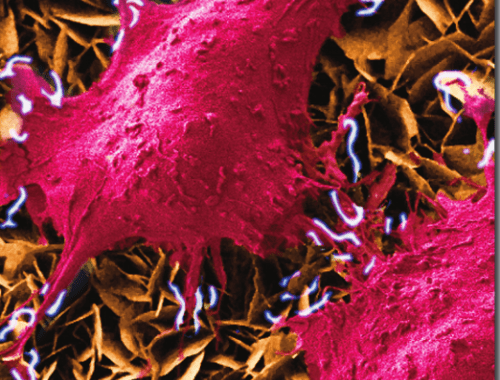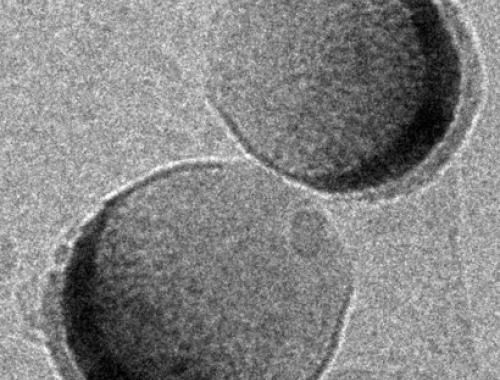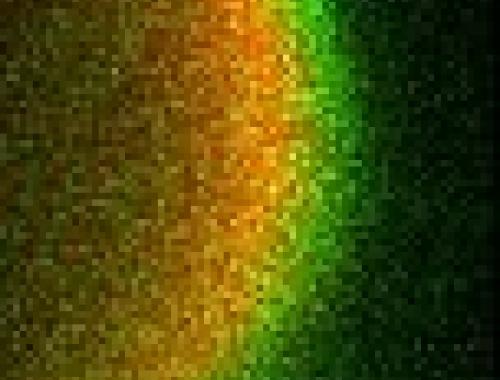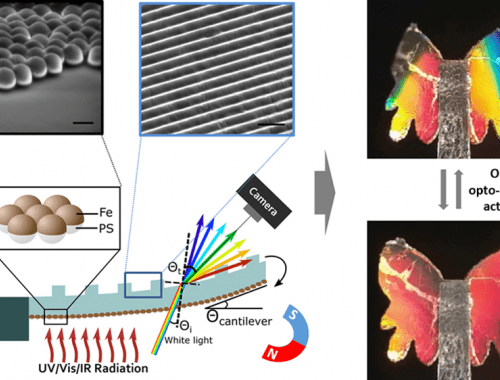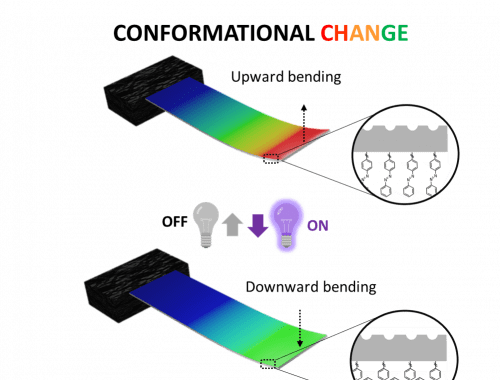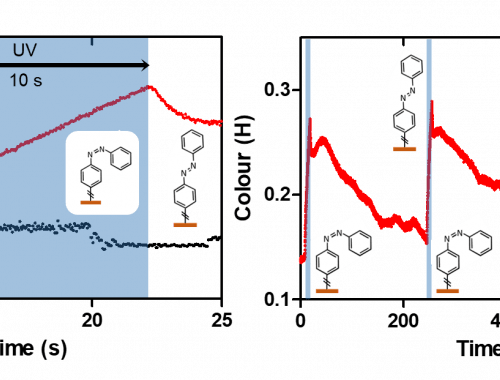Micro and Nanotools Group (MNTL)
“Contributing to lay the foundations of micro- and nanosystems of the future". The research line of the group is focused on the development of new Micro- and NanoTools to explore new applications or functionalities for MEMS and NEMS.
Contact Person
More info

The group is working in four research lines: suspended chips to sense and actuate in living cells, energy harvesting at the microscale, micro- and nanotools based on silicon, metal and polymer technologies and advanced optomechanical sensors.
Suspended chips for applications in living cells
We are pioneering the development of MEMS and NENS at the scale of living cells with contributions in biology, nanobiotechnology and nanomedicine. We demonstrated in 2013 the first silicon-based intracellular chip, a mechanical sensor, which can detect pressure changes inside living cells and transmits the information without any physical contact. In 2015, we demonstrated a suspended planar array chip for molecular multiplexing inside a living cell. We are currently centered in innovative suspended microparticles with advanced materials.
Energy Harvesting for industrial applications, wearables and cell biology
We focus on advancing triboelectric, piezoelectric and flexoelectric devices at the microscale. The main activities are centred on developing wearables based on printing and flexible technologies and the harvesting of energy for cell stimulation, where the two research lines converge.
Micro- and nanotools based on silicon, metal and polymer technologies
We are focused on the development of novel opto-magnetic nanodevices enabling wireless actuation and detection with light and magnetic fields for applications in the Health and Environment areas. The following research lines can be highlighted: i) magneto-plasmonic nanocapsules and immune cells for precision medicine, merging photothermal treatment controlled by opto-magnetic nanothermometry, magnetic localization, imaging, tumor targeting and controlled drug delivery; ii) wireless opto-magneto-electric cell stimulators to treat neuro-muscular disorders; iii) opto-magnetic nanoreactors as therapeutic and environmental remediation agents, and enhanced catalytic centers, and (iv) opto-magnetic air disinfection systems. These research lines involve the development of innovative large-scale and cost-effective nanofabrication processes combining bottom-up and top-down strategies.
Advanced optomechanical sensors
We develop smart nanomechancial sensors and actuators with advanced functionalities based in the combination of the mechanical properties of semiconductors and polymers and the optical properties of metamaterials and photonic nanostructures. In particular, the work pushes towards: i) new class of label-free colorimetric mechanical (bio)sensors, based in the structural color change of the sensor, which allows the quantification of its mechanical response by image analysis; ii) tunable bimorph mechanical transducers actuated by light for auto-regulated systems; iii) high sensitive soft optomechanical sensors for strain sensing and modulation of the optical response.





